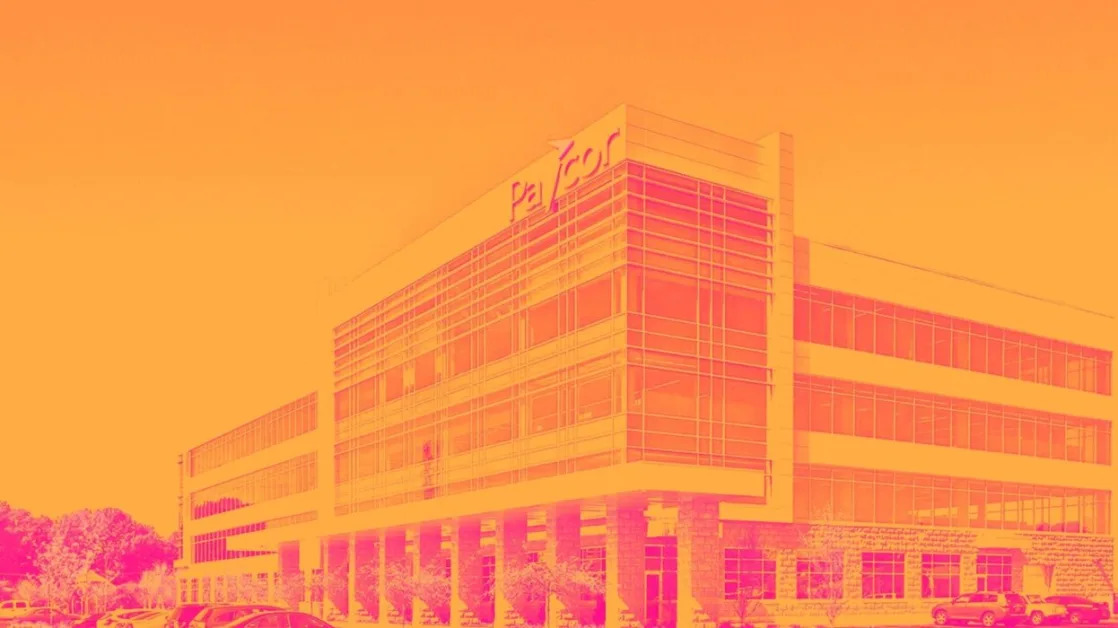On Wednesday, investors will digest one of the most important data points that will shape future Federal Reserve interest rate policy: July's Consumer Price Index (CPI).
The report, set for release at 8:30 a.m. ET on Wednesday, is expected to show headline inflation of 3.0%, unchanged from June's reading .
Over the prior month, consumer prices are expected to have risen 0.2%, an uptick from the prior month's 0.1% decline as energy prices are largely expected to pick up again.
On a "core" basis, which strips out the more volatile costs of food and gas, prices in July are expected to have risen 3.2% over last year, a slowdown from the 3.3% annual increase seen in June. Monthly core prices, however, are expected to rise 0.2% compared to 0.1% increase in June, according to Bloomberg data.

"CPI in June surprised to the downside," Bank of America economist Michael Gapen wrote in a note ahead of the report. "We expect some of that surprise to reverse in July."
June's data was the first time since May 2020 that monthly headline CPI came in negative. It was also the slowest annual gain in prices since March 2021.
While July's inflation data will likely not be "quite as low as June, it is in line with prior trend in deflation and should meet the Fed's benchmark for beginning rate cuts in September," Gapen said.
Core inflation has remained stubbornly elevated due to higher costs of shelter and core services like insurance and medical care.
Shelter prices are expected to reverse June's deceleration after the index for rent and owners' equivalent rent (OER) posted their smallest monthly increases since August 2021. Owners' equivalent rent is the hypothetical rent a homeowner would pay for the same property.
Non-housing services also edged down in June, "owing in large part to a plunge in airfares. For July, however, we expect the decline in airfares to be much more moderate," Bank of America's Gapen noted.
"Non-housing services inflation should moderate over time given cooling services wage inflation; however, a sustained period of deflation is unlikely," he warned.
To cut or not to cut?
Ahead of Wednesday, the Producer Price Index (PPI) came in cooler than expected in July, setting up investor expectations and further emphasizing the case for Fed rate cuts.
US producer prices, a key measure of wholesale inflation and often a signal for where consumer prices are heading, rose just 0.1% month over month last month after rising 0.2% in June. The pace was below economist forecasts. The index rose 2.2% year over year, just a touch above the Federal Reserve's 2% inflation target.
"It's positive for equities," John Stoltzfus, chief investment strategist at Oppenheimer, told Yahoo Finance's Morning Brief Tuesday morning. "It releases some of the dark sentiment that had gripped [the market] over the course of the start this month. We can't help but think that this gives the Federal Reserve the opportunity to begin cutting rates."
Inflation has remained above the Federal Reserve's 2% target on an annual basis. But recent economic data, including a sell-off-inducing July jobs report , has helped fuel a narrative the central bank should cut rates sooner rather than later.
Notably, the Fed's preferred inflation gauge, the so-called core PCE price index, showed inflation in June was unchanged from the prior month and marked the slowest annual increase for core PCE in more than three years.
As of Tuesday, markets were pricing in a nearly 100% chance the Federal Reserve cuts interest rates by the end of its September meeting. However, the odds of a 50 basis point cut or a 25 basis point cut are now split 50/50 after a roughly 60/40 chance placed by traders last week, per the CME FedWatch Tool.
Alexandra Canal @allie_canal , LinkedIn,





